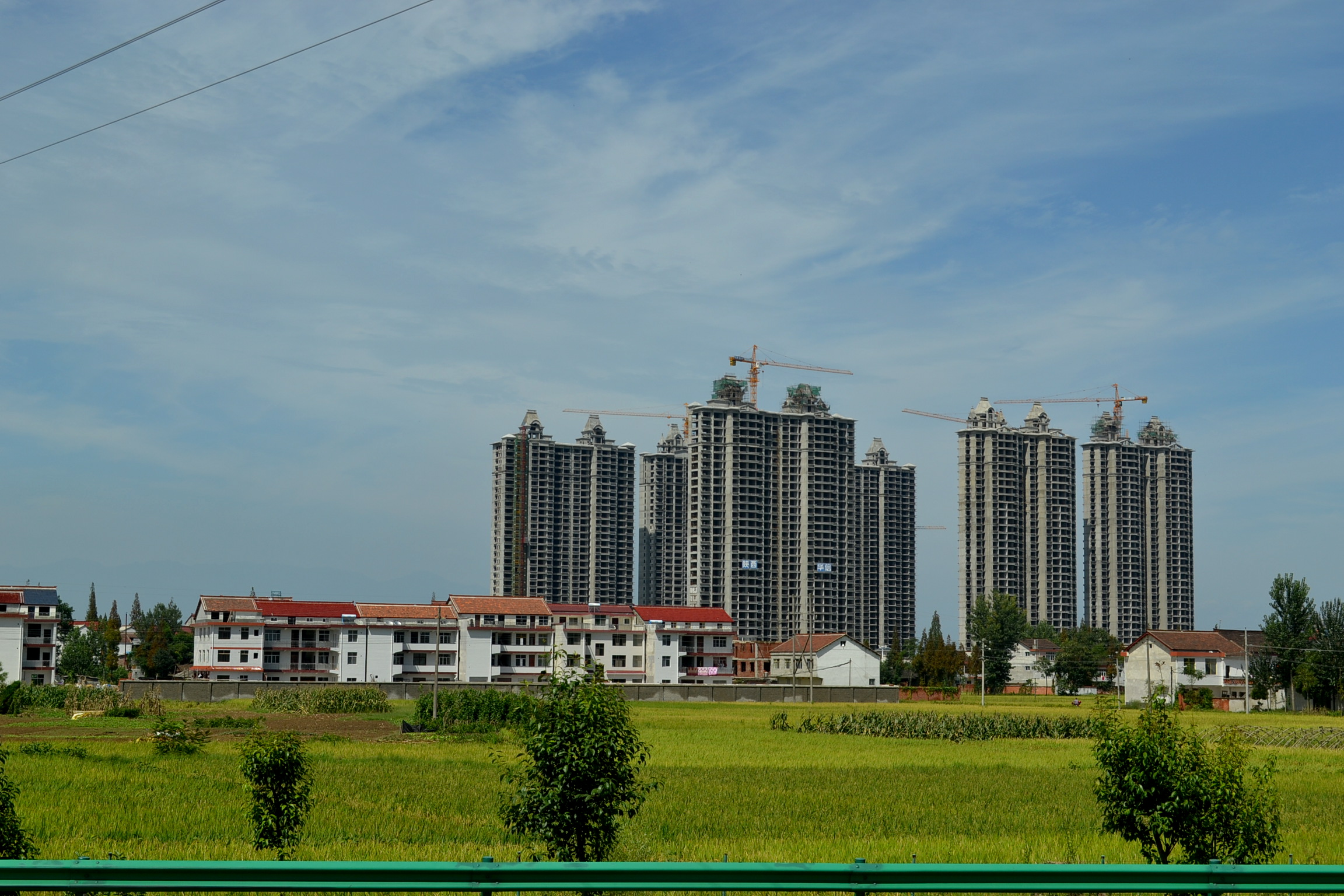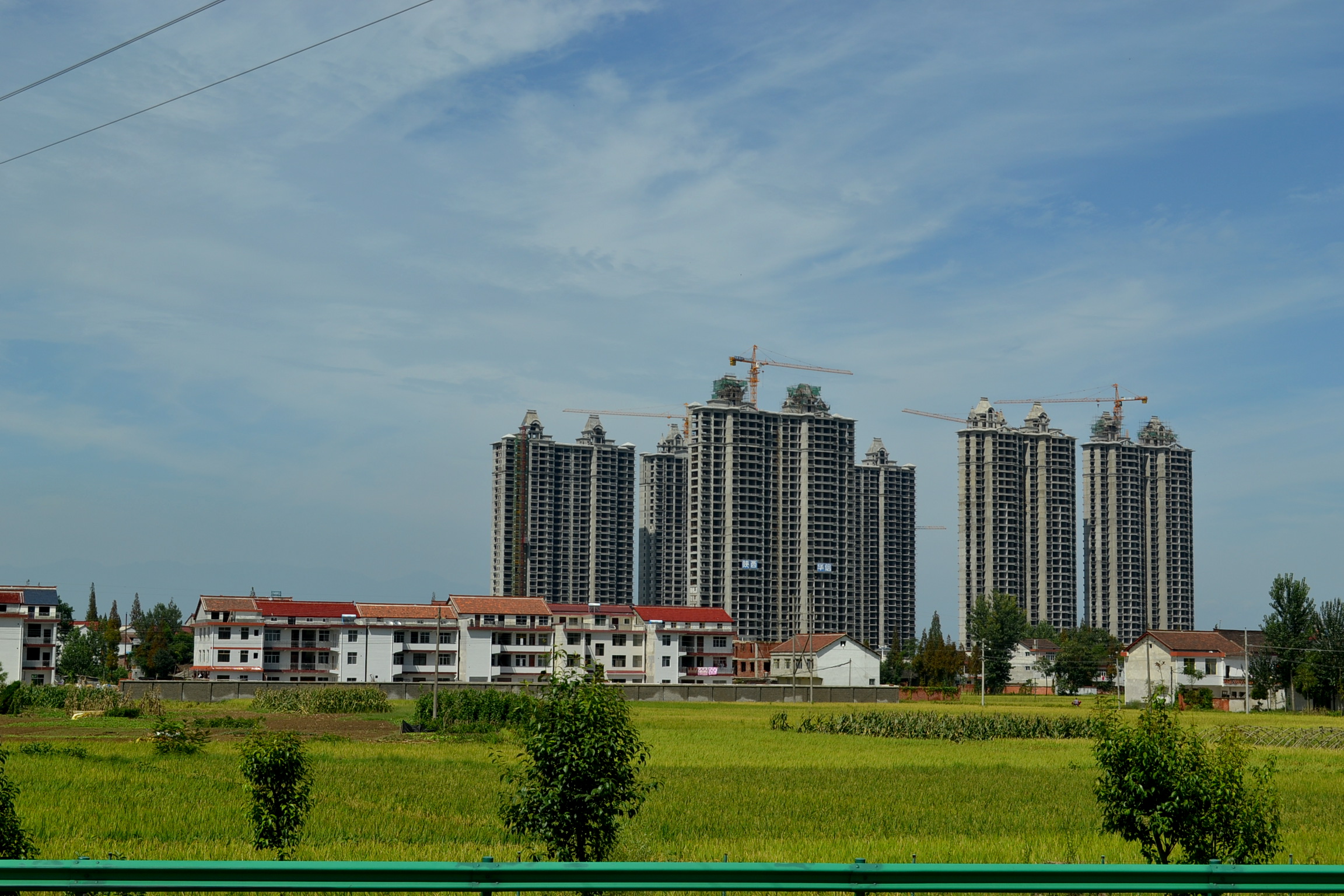China's Urbanization "Fetish"
"Rejection" of recent Urbanization Plan reveals uncertainties over land reform, local government investment, and the type of cities that China will build.

Urbanization has been a component of China's economic planning for a long time, ever since economic reforms in 1979 initiated an export-led manufacturing boom and peasants began moving to cities en masse. Recent reports have stated that Premier Li Keqiang rejected an urbanization plan by the country's NRDC that would have spent $6.5 trillion to move 400 million additional people to China's cities in the next decade.
The alleged rejection (denied by the NRDC) is not because Li Keqiang does not favor greater urbanization as a source of economic growth, but probably a view that the plan should be coupled with greater economic reform, including land reform. Noted proponent of liberal economic reform and Caixin editor Hu Shuli also made similar points in a recent op-ed.
The current debate over China's urbanization involves several controversial issues including reform of the hukou residence system, tension between local government and central fiscal control, infrastructure investment, and the pattern of urbanization that China will pursue. And while most experts agree urbanization will bring continued prosperity, China's focus on urbanization uber alles could have enormous negative consequences, especially if the economy does not continue to create the higher-wage service jobs that are supposed to employ new urban residents.
Hukou Reform
Is urbanization a result of economic growth or a driver of it? Of course, the answer is both. Rural farmers began moving to coastal cities to take advantage of better wages and export-manufacturing jobs there, but the process itself generates increased economic demand as urban residents spend more on consumer products and are housed in new homes. But because of the restrictions of the hukou system, many migrants are unable to become equal members of "urban society" in the cities they move to. And with efforts to move villagers permanently off of farmland, many new urban residents do not have villages to return to.
While some experts like Hu Shuli advocate reform of the hukou system that keep farmers from becoming permanent urban residents, the policy has had relative success preventing the growth of shantytowns, as in India or Latin America. Of course the system has also created huge social inequities, but maintaining a connection to the village has probably had an ameliorating effect on social stability.
Obsession with "The Megacity"
China's obsession with urbanization is part of its desire to become an advanced economy, to catch up with the west. The theme of the 2010 Shanghai Expo was "the city makes life better" and was a panegyric celebrating the work of the party in continuing the urbanization of China. But the roots of China's "urbanization fetish" are also derived from comparison with its East Asian neighbors, especially Japan and South Korea. Not only is China intent on developing cities, but it views the creation of megacities as crucial to establishing an advanced economy. Tokyo and Seoul are the top 2 most populous metropolitan regions of the world and also dominate their national economies.
China is more similar to the U.S. or Germany: its size means no one city will dominate the economy as completely as Tokyo does Japan or Seoul does South Korea. But it's officials and planners are still transfixed with the idea of the "megacity", the "global city". Of course, many cities in China want to be the next global city, not content to stand under Beijing and Shanghai's shadow. In Xi'an, the world's largest city 2,000 years ago during the Tang Dynasty, signs around the city herald the development of 国际大都市, "a great international metropolis".
Local vs Central
The fiscal relationship between cities, provinces, and the central government in China is a large factor behind China's massive investment in development projects that often turn out to be wasteful. In 2002, the central government increased its share of local enterprise taxes (taxes on factories, for example) to 50%, incentivizing local governments to focus more on land conveyance rather than industrial development as a means of revenue, according to scholars at HKUST. Paradoxically, as the central government exerted more control of fiscal revenue, local governments gained more leeway to pursue investment in infrastructure or urban expansion.
While China's continued urbanization is a certainty, the form it takes is not. Global consulting firm McKinsey has researched possible scenarios for China's urbanization. McKinsey has offered 4 scenarios for urban growth: concentrated (growth occurs in 2-3 megacities), hub-and spoke model, distributed, and "townization", the least concentrated option. An interactive graphic allows one to experiment with the different options.
But despite the flashy graphics, McKinsey's models of urban growth are not that descriptive of what urbanization actually involves. McKinsey believes a concentrated pattern of megacity development will deliver the highest GDP benefits, citing agglomeration effects of concentrating talent and capital in certain areas, like Shanghai and Beijing. They also believe China's current path wrongly favors development of smaller cities and towns over megacities.
But whether the megacity path is possible is another thing, both for political and environmental reasons. As growth in coastal cities like Shenzhen and Shanghai slows, inland cities like Xi'an and Chongqing are the new locus of urban growth, with cheaper labor costs and more room to grow. The continued growth of established cities like Beijing and Shanghai will not be possible without exacerbating severe environmental strains like pollution and water shortages.
Moreover, as McKinsey even acknowledges in their report, China's cities have more autonomy from central control than Westerners assume. It is easy for a consulting firm to say China should follow a "megacity" path of urbanization, but quite another for it to tell cities like Xi'an or Chengdu to grow more slowly. Cities in China are entrepreneurial: they compete to attract investment and growth to their region.
Better Life?
In many ways, the view of urbanization as a magic tool to propel China's growth is a type of fetish. Just as Marx believed that the capitalist fixation on the commodity obscured the social relations behind it, China's officials (as well as foreign companies eager to sell products to urban consumers) fixation on China's urbanization has tended to obscure the complex social and political realities underlying the transformation.
The success of China's urbanization will depend primarily on whether there are well-paying jobs for the masses of urban residents and energy and resources to continue to feed those consumers, not merely rows of new apartments. But will cities in inland China be able to sustain meaningful economic growth as China moves into higher-wage sectors? Or will the 400 million new urban dwellers find the promise of a better life in cities a mirage?
